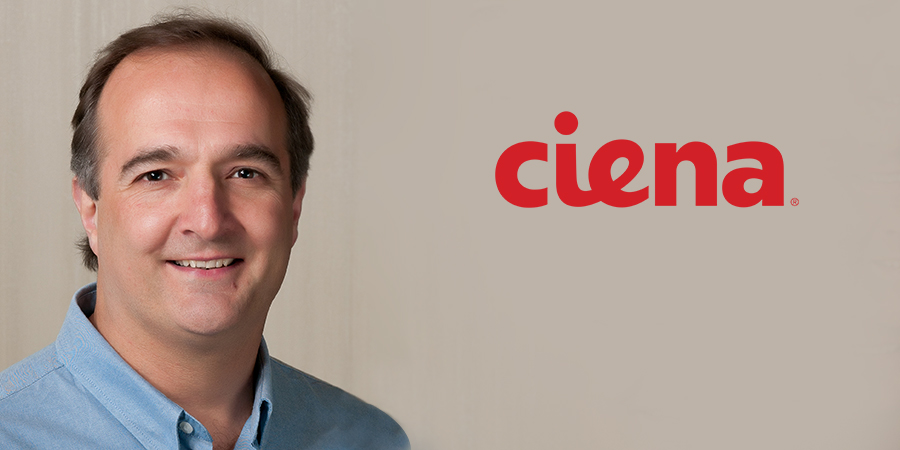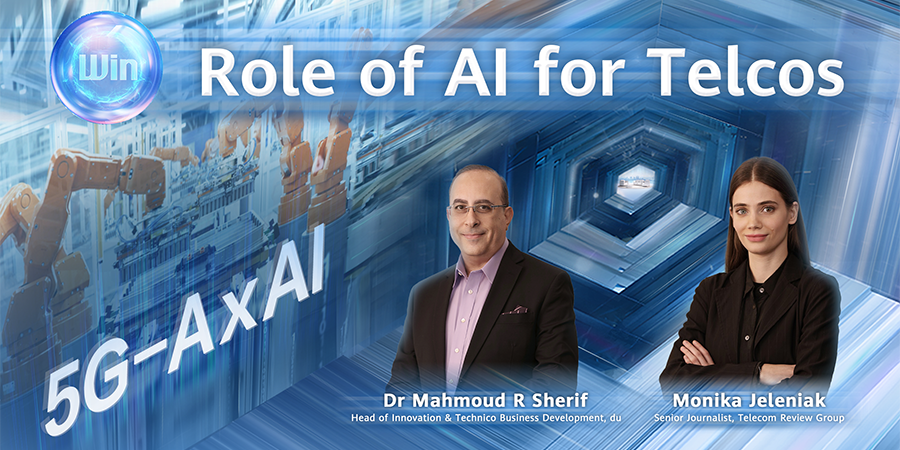Seizo Onoe, Director of the Telecommunication Standardization Bureau (TSB) at the International Telecommunication Union (ITU), is leading the charge in driving global connectivity and promoting sustainable digital transformation. His leadership in advancing telecom standardization is essential to realizing the ITU’s vision for a more connected and inclusive world.
In an exclusive interview with Telecom Review, Onoe outlined the ITU’s Strategic Plan 2024-2027, emphasizing the significance of telecom standardization in achieving universal connectivity. He also highlighted the value of partnerships in bridging the digital divide and shared his perspective on the progress being made in building a future where technology benefits all members of society.
How will continuous telecom standardization impact the ITU Strategic Plan 2024-2027’s mission to achieve universal connectivity and sustainable digital transformation?
Continuous telecom standardization significantly contributes to achieving universal connectivity and sustainable digital transformation. Universal connectivity relies on affordable services, which are made possible by standards enabling economies of scale and competition among products built on common standards. Standardization reduces costs and prices, encouraging further adoption of technical standards.
Additionally, innovations created by combinations of different expertise are accelerating digital transformation. ITU standards support this digital transformation across various sectors, including financial services, agriculture, healthcare, transportation, and smart cities. These efforts collectively advance our global goals.
Standardization reduces costs and prices, encouraging further adoption of technical standards.
How will the ITU utilize the power of partnerships to achieve global goals and connect the unconnected?
Partnerships are essential for achieving our global goals and connecting the unconnected. The ITU’s unique membership composition includes governments, private sector companies, universities, and research institutions. This diversity provides extensive opportunities for ITU partnerships and also facilitating partnerships among our members.
Through these partnerships, the ITU facilitates the exchange of best practices, fosters innovation, and stimulates investment. These collaborative efforts significantly contribute to advancing the ITU’s mission to achieve universal connectivity and sustainable digital transformation.
Do you think we are on track in building a ‘digital future’ that will be beneficial to all members of society? Can you briefly elaborate on the ITU’s commitment to this?
Yes, we are on track, but given the challenging nature of our targets, there is still much we need to overcome. The ITU remains committed to continuing our efforts and accelerating the progress.
For example, AI is a promising technology to accelerate achievement of the Sustainable Development Goals and ITU’s goals. We continue to develop supporting AI solutions because emerging technologies will accelerate our progress.
AI is a promising technology to accelerate achievement of the Sustainable Development Goals and ITU’s goals.
Onoe at TRS-24: TRS-24: Telecom Leaders Discuss Strategy and Execution in ICT







